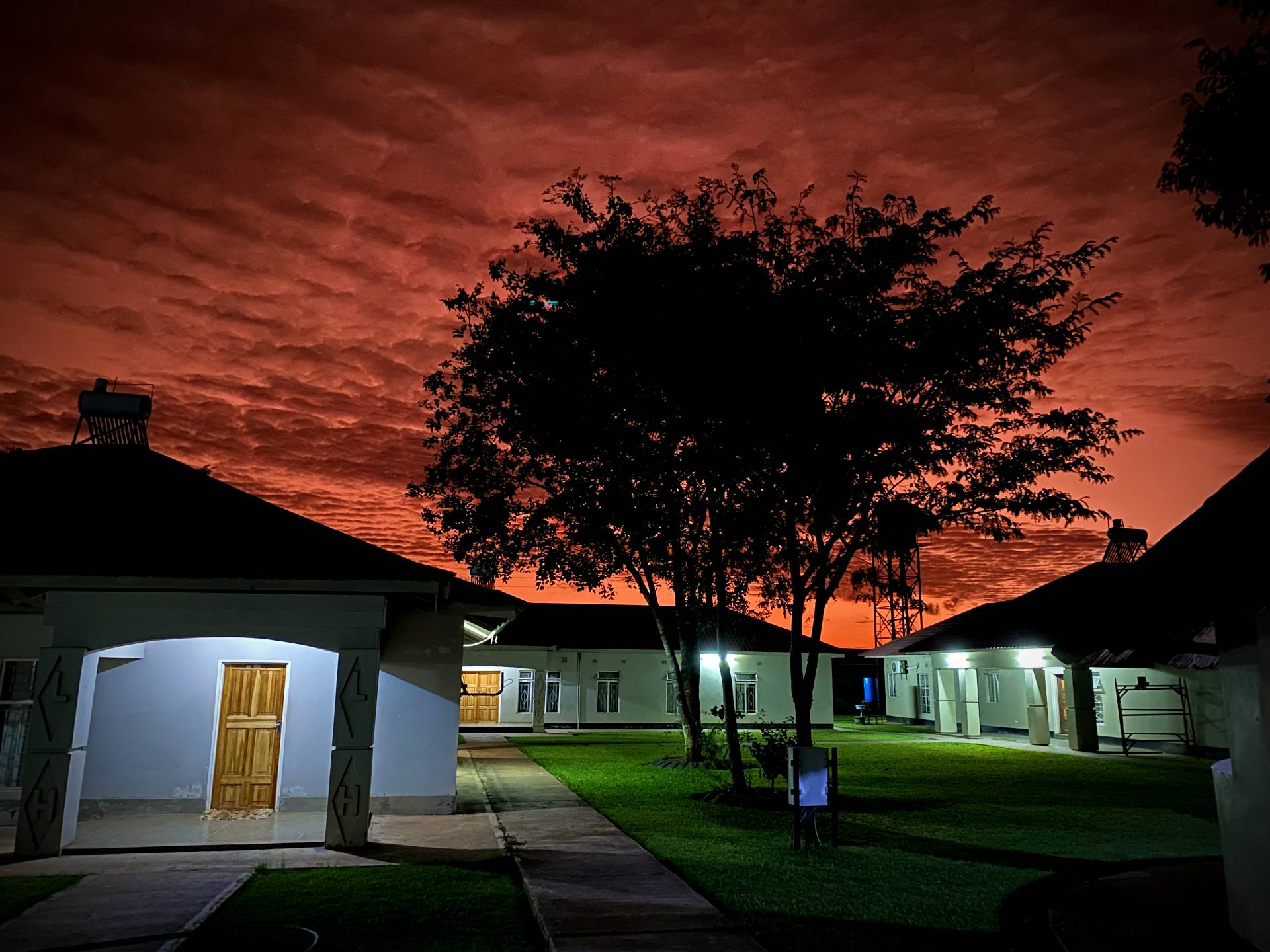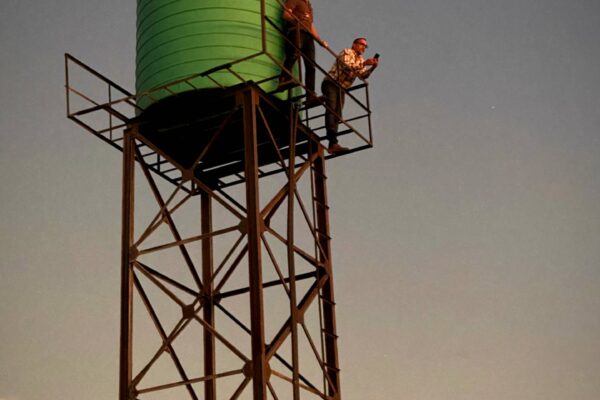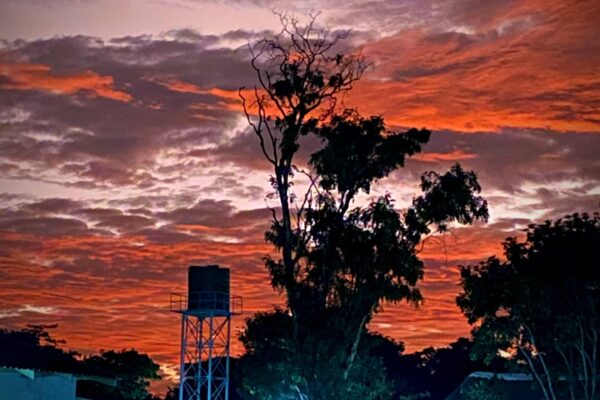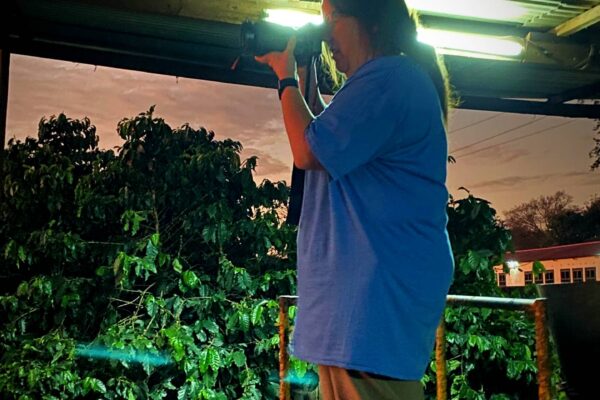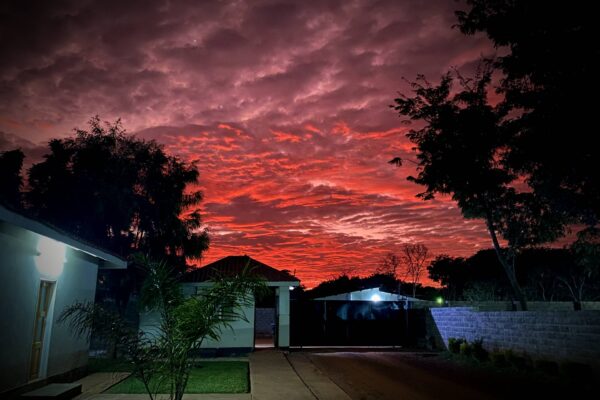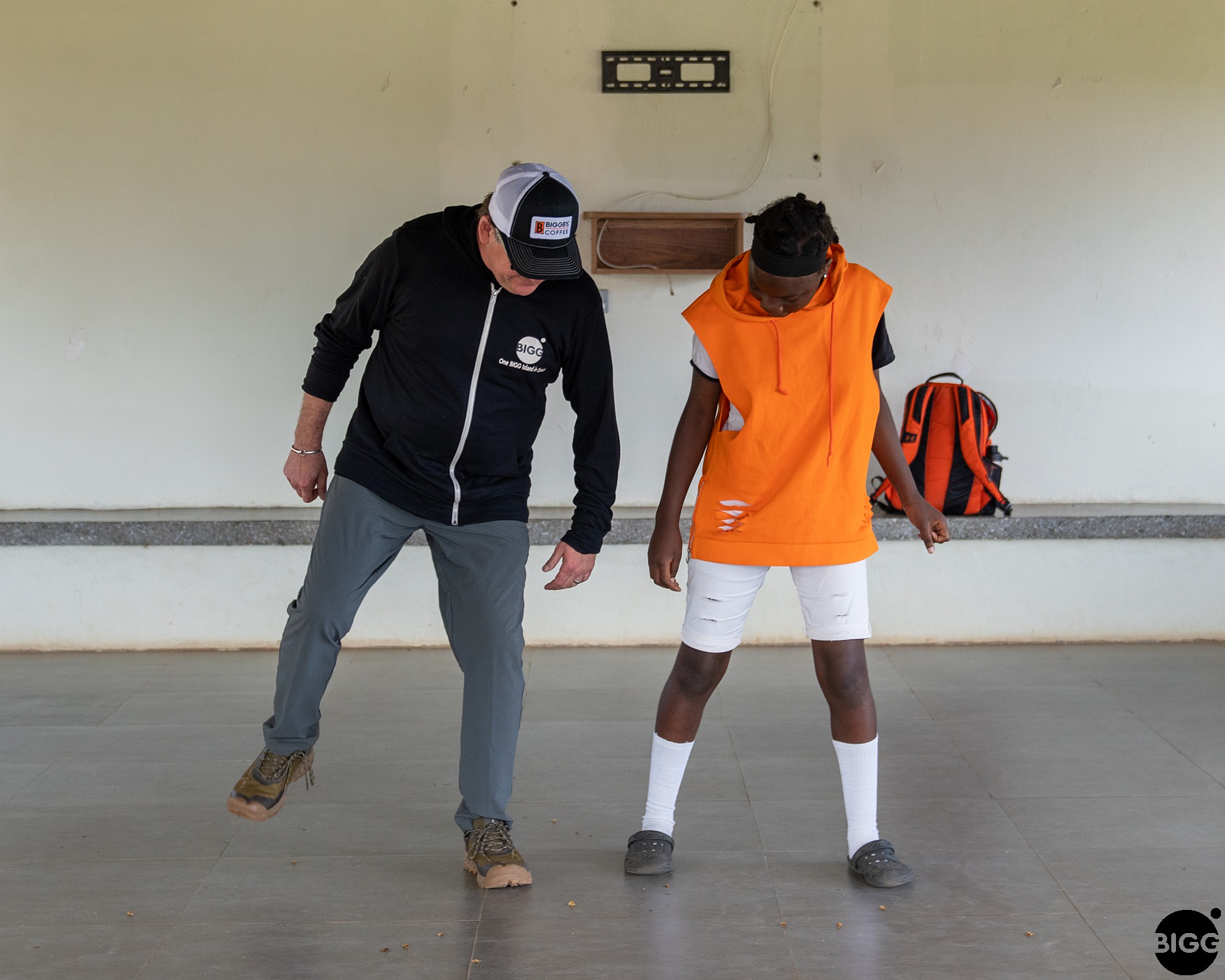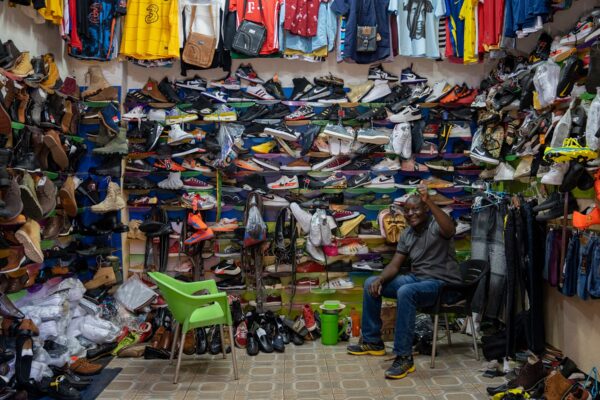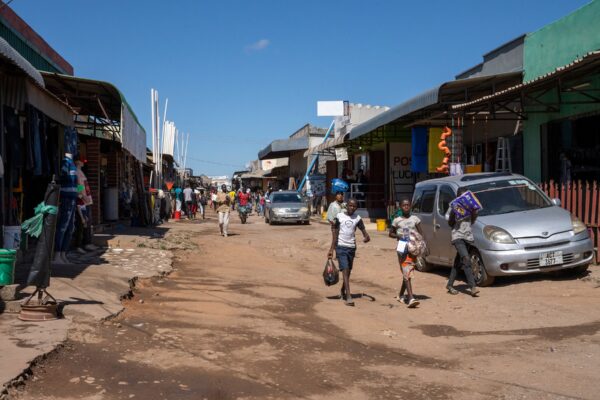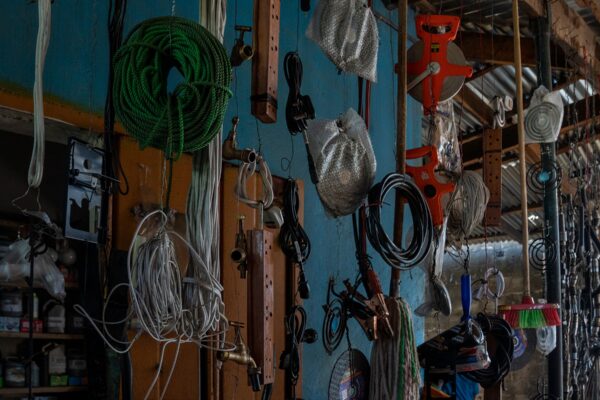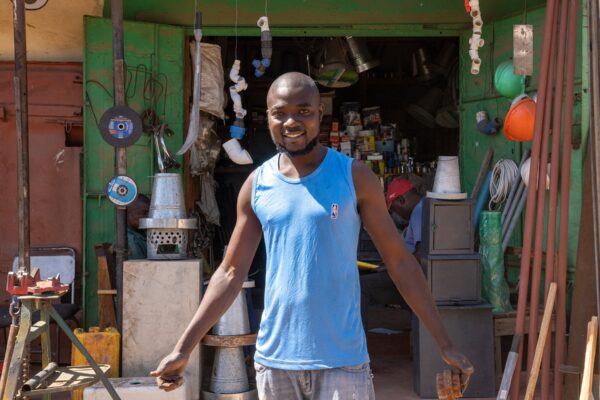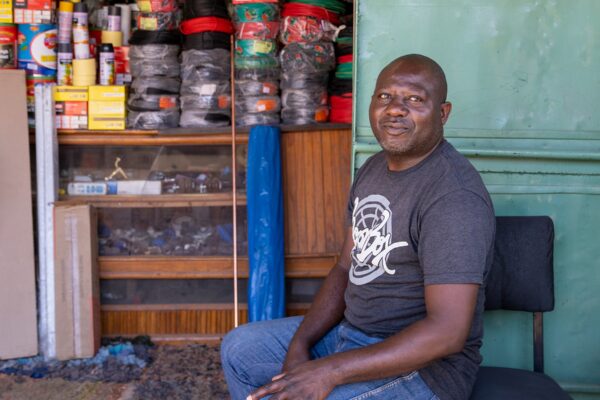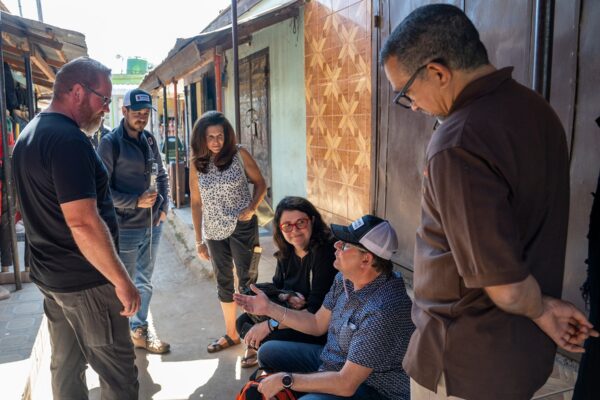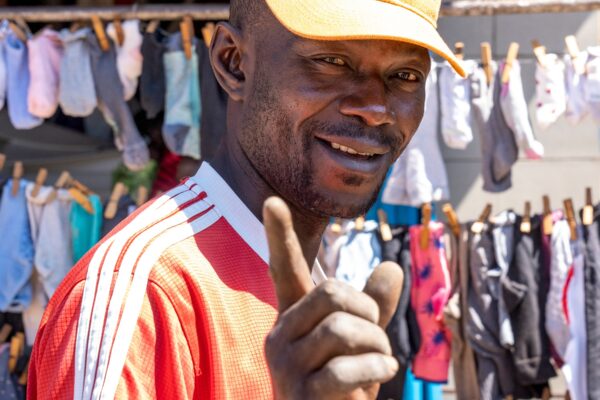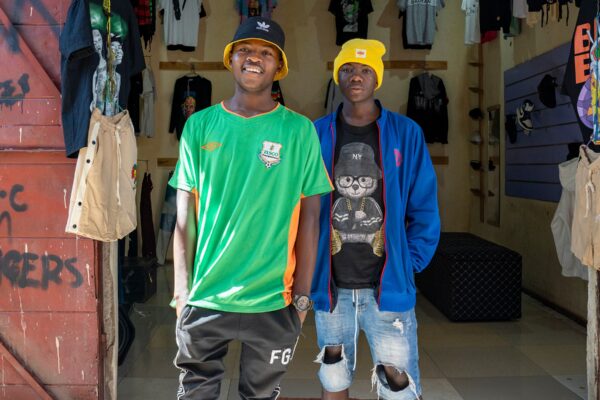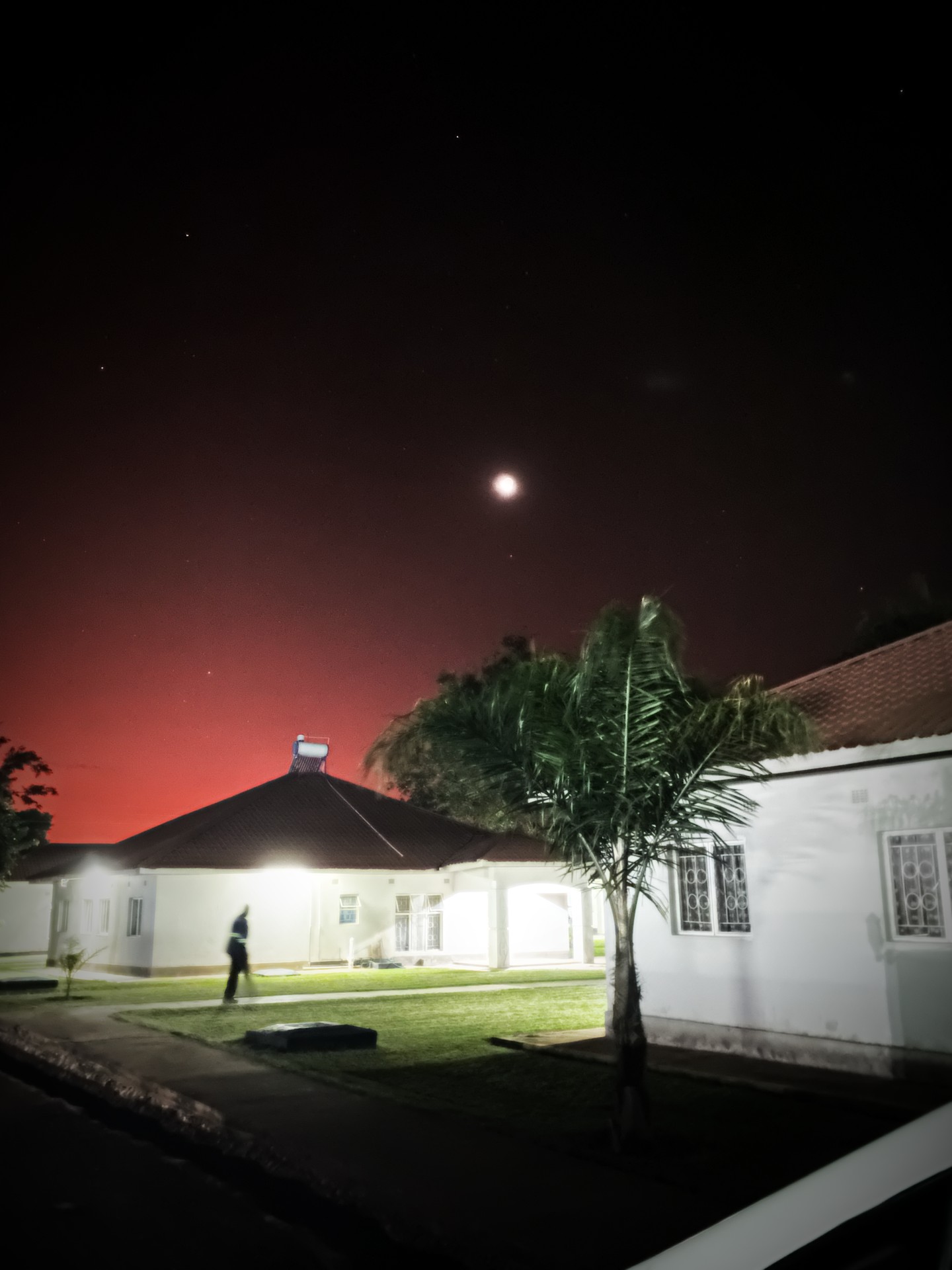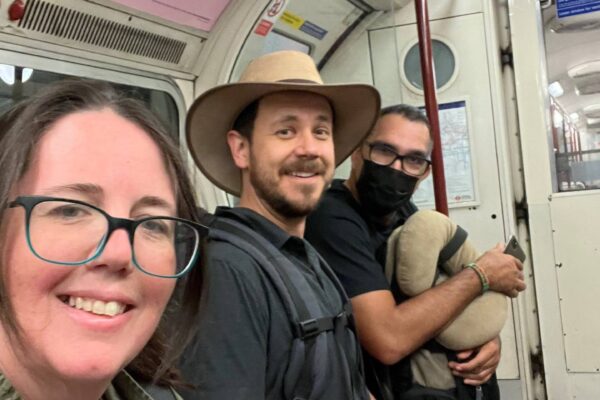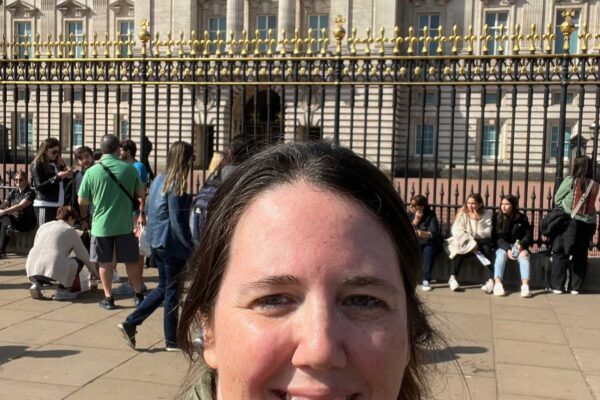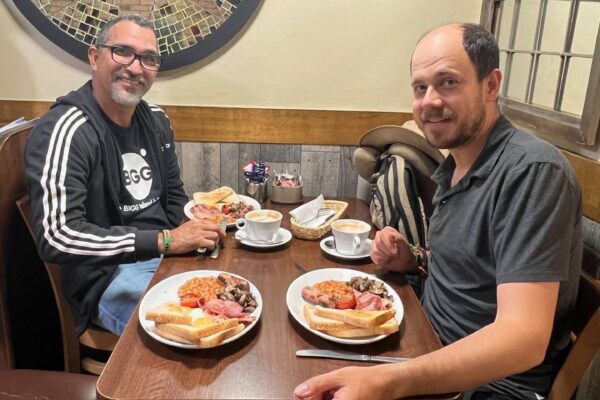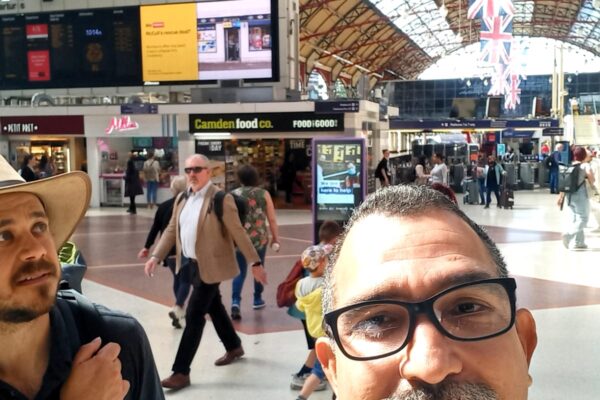By Michelle Fish
Our Farm-Direct initiative is about coffee. That is true. But even more importantly, it’s about people. At its core, it’s about the relationships we build on behalf of BIGGBY NATION with our growers. These producers are doing truly amazing things in the world, and they’re growing great coffee.
When we go to origin to spend time with our farm partners, we are there in part to document their progress and share those stories with you. You can check up on what’s been happening with Living Hope’s coffee here. And you can check in on the orphanage here.
But our experience of these visits cannot adequately be conveyed through check lists like our progress reports. Those are important, but they don’t capture the magic, the deep connections, and what it feels like to be on a coffee farm half a world away.
One of our goals, of course, is to bring as many people with us on these trips as we can. There is nothing else like it, and if you get the chance to join us, I heartily recommend that you do.
Until then, I thought I’d share a few of the more personal highlights from our trip to Living Hope in May, 2022.
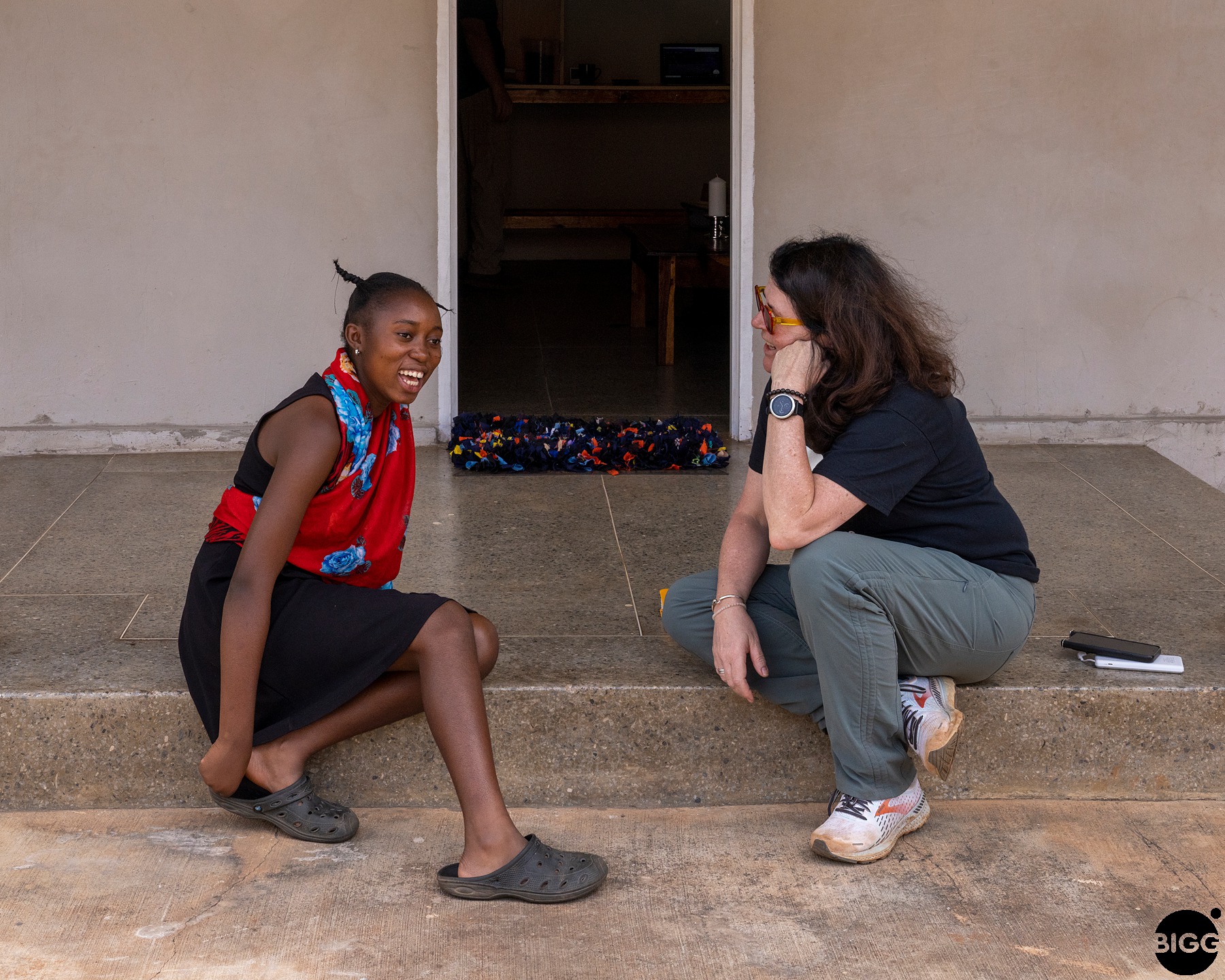
The Kids
Thanks to a slew of movies from “Oliver” to “Annie,” most people equate orphanages with sadness. That is not true at Living Hope. Which is not to say that there aren’t serious tragedies in these kid’s lives. Of course there are. But there is much more to these children than their back stories.
On our first visit four years ago, we stayed at a nearby hotel. That meant that our time at the orphanage, and with the children, was very structured. We had events and meetings. We walked the property and the coffee fields. Then we would get in the car and ride back to the hotel. Every minute of our time was spoken for.
This time, we stayed on the compound with the kids in retrofitted buildings that used to house the orphans. So, in my downtime, I would sit on our front porch with the intention of working on my notes. But that never lasted long.
One by one, various children would come over and sit with me. We would start talking. They would tell me about their pasts, or about their dreams. I met one young lady who wants to become either a lawyer or a journalist. She has seen a lot of injustice in her life, and she wants to fight for those who cannot do it for themselves. Another girl loves math. She loves it so much that she wants to become an accountant.
They asked me a lot of questions, too. Do I have children? Why do I wear red glasses? Why don’t I braid my hair? I told them it’s because I don’t know how. So a few girls decided to help me out with that.
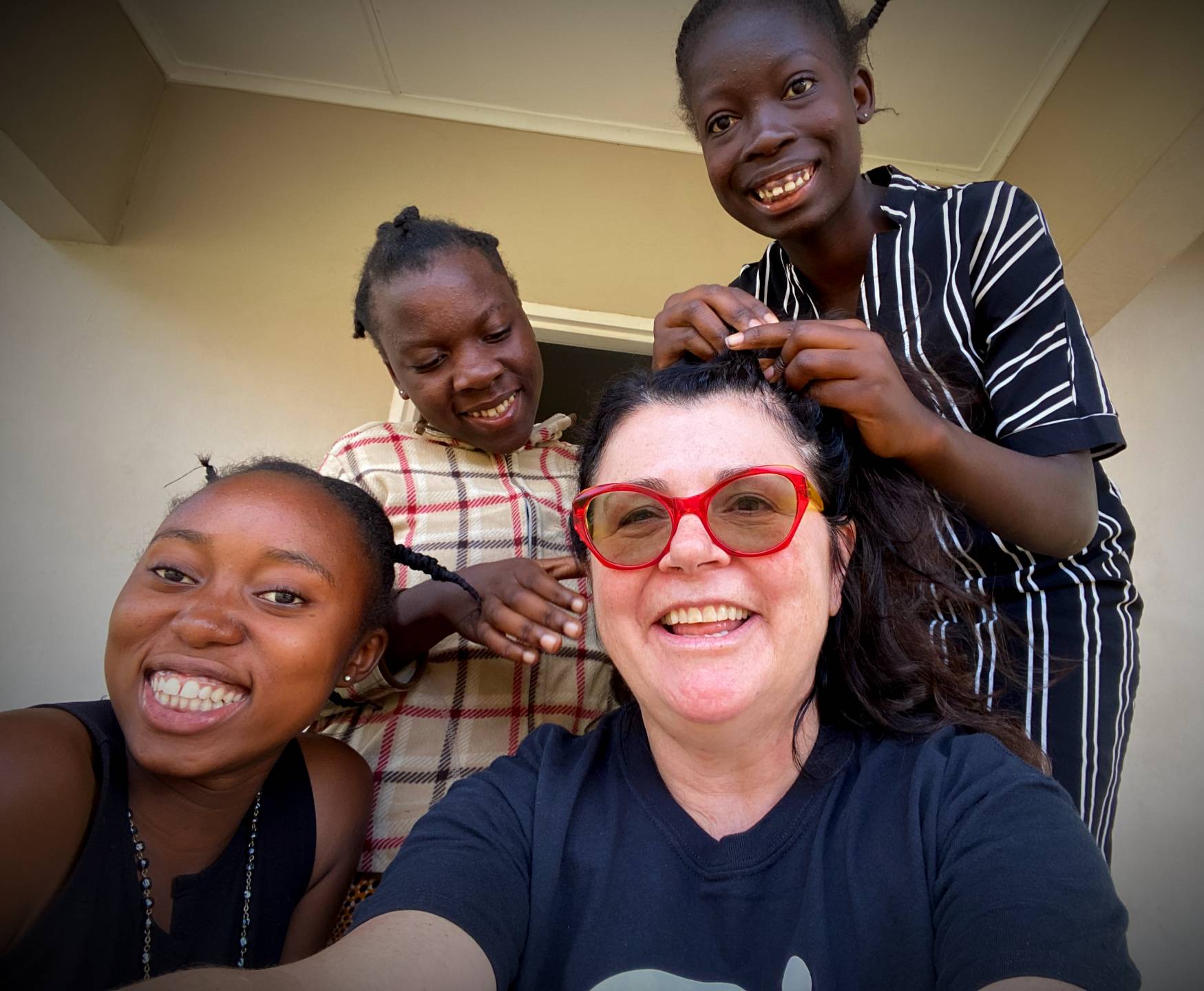
Being present on the compound for the entirety of our visit was a true delight. Not only did we have the opportunity to really get to know some of the children better, we also got to watch them just being themselves. Playing games, studying, doing chores. Just moving through the world like children do.
And when they sing in their rooms at night, like they don’t think any one is listening, it can melt your soul.
The Food
The question Bob and I get asked more than any other is about the food we eat when we travel to origin. It’s funny to think that would be the biggest thing, but it is. When we are on a coffee farm, we are honored to eat what our hosts eat. And it’s no different at the orphange.
Every day for lunch and dinner, we would gather with the orphans, the house mothers, and the staff to take our meals in the Insaka in the heart of the compound.
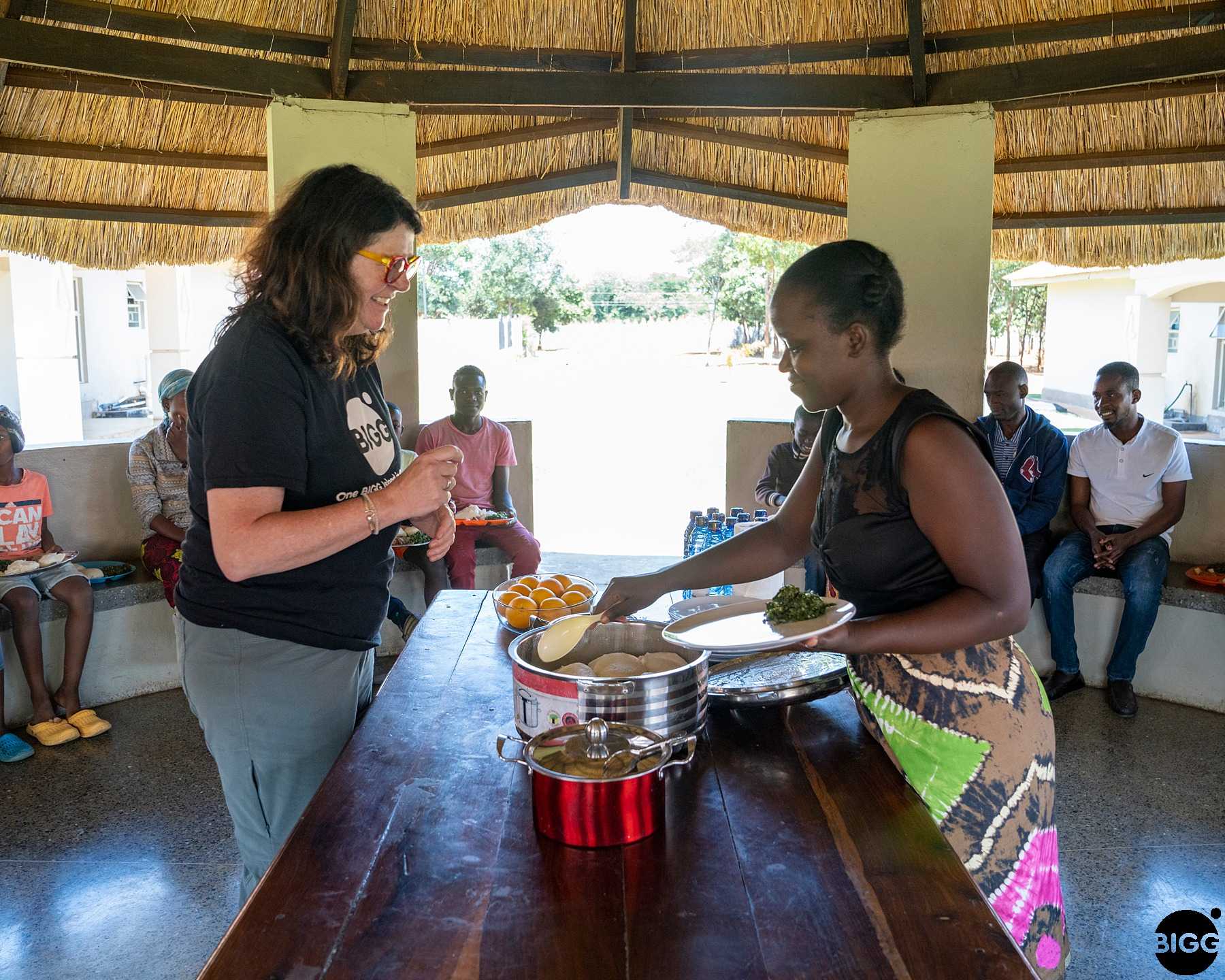
The backbone of each meal is Nshima, a thick, porridge-like starch that serves both as a “stick to your ribs” kind of staple, and as your scooping devices for the other items on your plate. You take a pat of Nshima in your right hand (I almost always used my left, by mistake), and you roll it around until it becomes a little ball, with a big thumb indent in the middle. You use that, instead of cutlery, to scoop up your other food. There was always a kind of vegetable that is boiled down until it is like a relish. The ramps (grown at the orphanage) were my favorite. And there is always protein, on rotation… dried mackerel, beef, or chicken that comes with it’s own sauce.
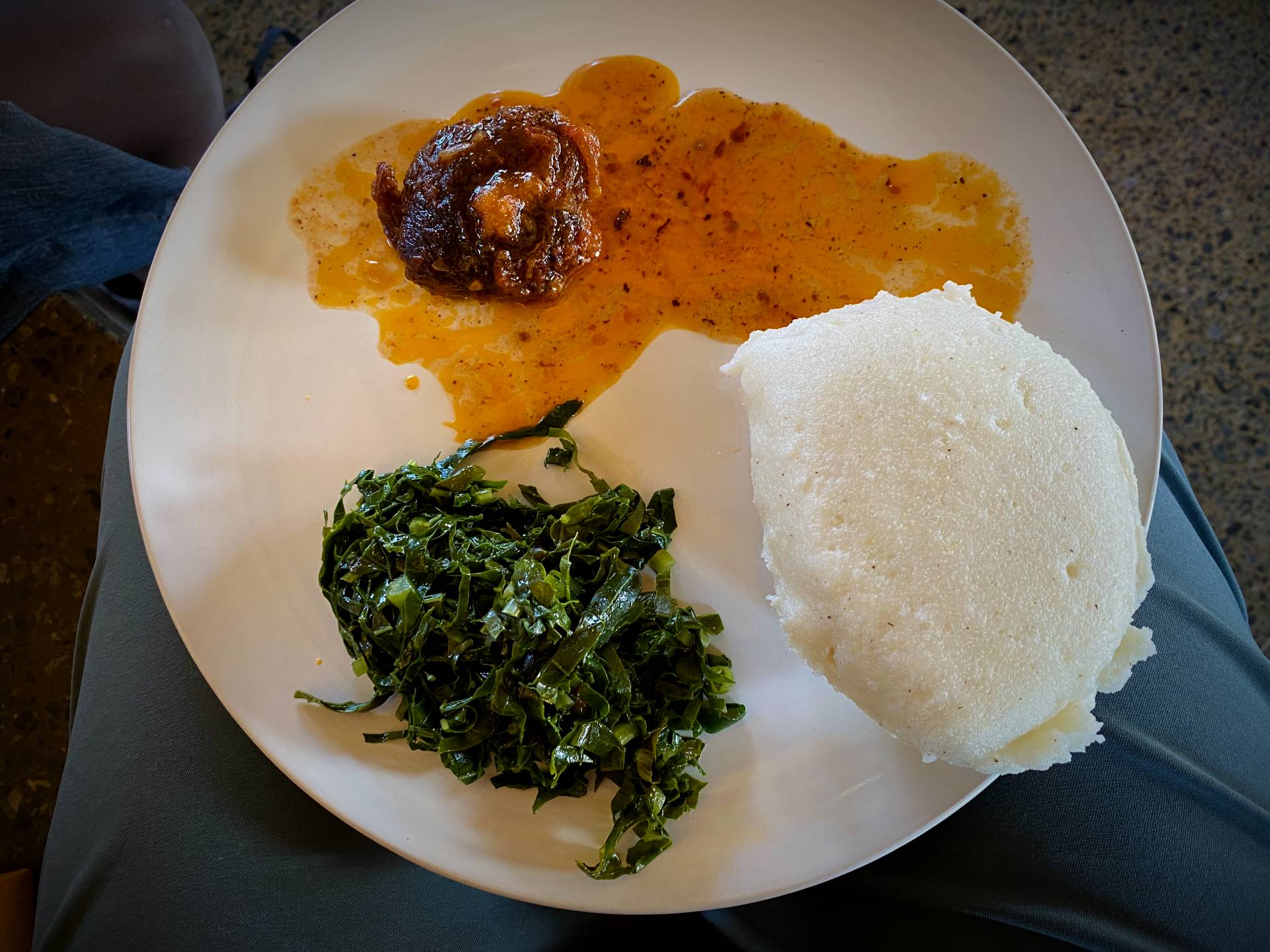
The Nshima is hearty and nutritious. It does the trick on filling your belly. And while it can be a bit tough on your digestive system if you’re not used to it, it is good. I look forward to having it again next time we visit.
But more than the food itself, sharing meals is one of the most fundamentally bonding things that humans do together. Nothing can replace the sense of community we felt eating, laughing, talking, and communing with the Living Hope family at meal time. It was a truly special treat.
The Sunsets
While we are on the topic of things we did every day, let’s talk about watching the sunsets. Ndola is not that far off the equator, which means that the days and nights are about equally long. We were there in the dry season, but that doesn’t mean that there weren’t any clouds. Long, thin ribbons which would explode into flame as the sun dipped below the horizon. Our traveling companions went to great lengths to capture some of those images. They had more courage than I did, climbing up water towers to get the best view.
A Tale of Two Farmers
We had the honor of bringing a friend along on this trip: Jorge Ferrey Machado, our grower partner at the El Recreo Coffee Farm and Estate in Jinotega, Nicaragua. Over the years that we have known him, we have come to rely on his deep wisdom and knowledge about coffee growing. And also, his big heart.
We very much wanted Jorge’s take on how the coffee farm was doing. But more than that, we wanted Jorge to meet Wana Chipoya. The Living Hope coffee farm finally has a newly minted coffee farmer. You can read about that in our progress report.
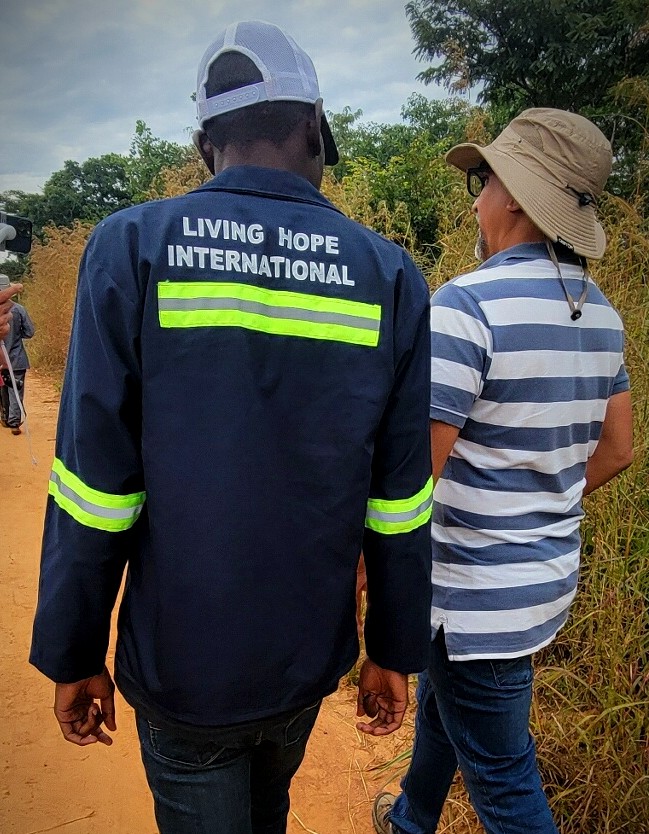
Jorge and Wana have so much in common. They both had other compelling options (Jorge is a doctor and Wana was studying engineering), but felt called to grow coffee to support the life work and mission of their families. They are both middle sons of very dynamic parents. And they are both curious, avid life-long learners. It was really wonderful to see the developing bonds of friendship between the two of them.
One of our missions at One BIGG Island in Space is to create a community for our farm partners. We want to connect them so that they can support each other, much like the Owner-Operators at BIGGBY COFFEE are connected. No one understands the challenges of coffee farming better than another coffee farmer. The opportunity to share best practices and ideas among each other can only improve the work we’re all doing.
So it was particularly special for us that Wana and Jorge had a chance to meet, and spend some time together. We are in the planning stages to sponsor Wana’s travel to Nicaragua, sometime later this summer, to spend two weeks on the farm with Jorge and his family. I can’t wait to share more about that as it unfolds.
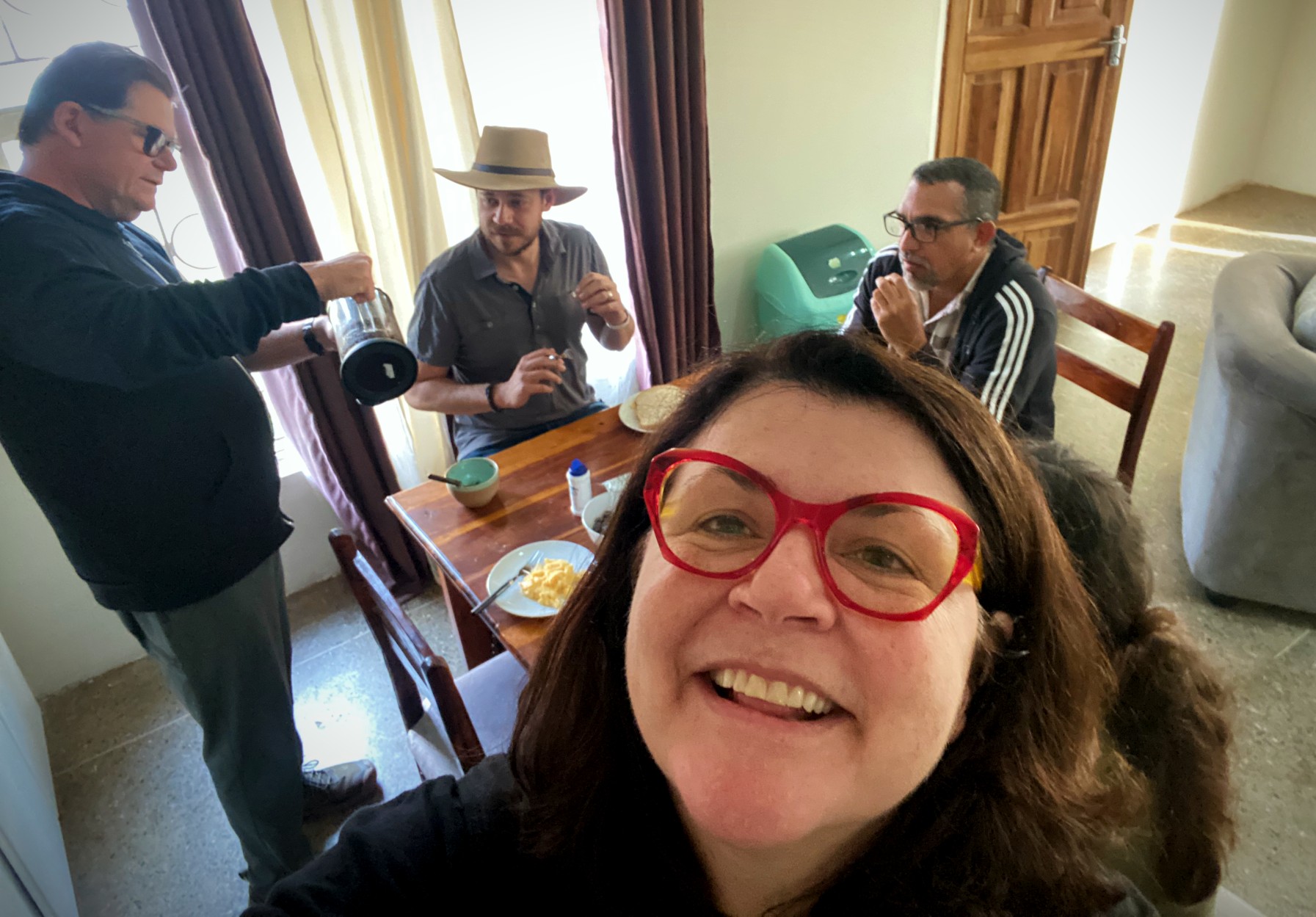
Our Cohort
So, you’ve already met Jorge. We also brought along a few other friends who have a unique set of skills to help us document, understand, and further our mission at One BIGG Island in space. First, Kim Zahnow, our favorite photographer, who’s been on several origin trips with us. This was her first time to Zambia. Also, Nathan Havey, a business consultant on all things to do with conscious capitalism and company culture, as well as a cinematographer.
Our days began with coffee and breakfast, together in Kim’s unit. And they ended, each night, with a debrief in that same space. We would share notes and observations and a lot of laughs and understanding. It’s not always easy to find a group of people that you love to travel with, but truly, I would go anywhere with these guys.
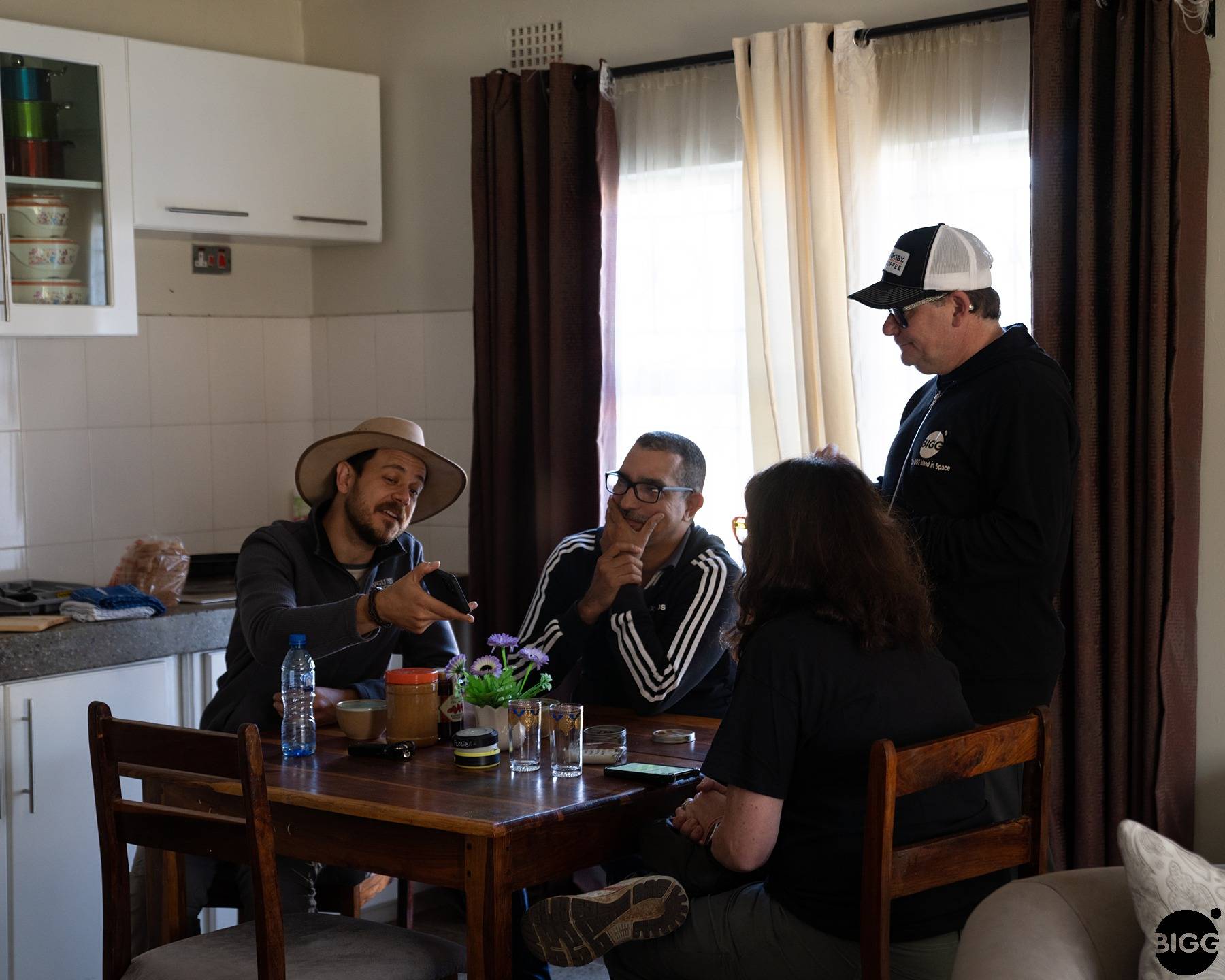
One of my favorite things, though, is how Kim and Nathan are with the children. They are natural kid-magnets, in part because of the easy energy they exude. In part, because they were traveling with a fair amount of fancy camera equipment. Kim got the ball rolling by offering to shoot portraits of the orphans and the house mothers.
By day two, one or two of Kim’s cameras had been commandeered by a group of kids. Same with Nathan. There was so much joy and so much laughter in all of these mini groups that had Kim or Nathan in the center of them. We will be sharing some of the images from that “commandeering” soon. What I can tell you is that the Living Hope orphans are some pretty talented up and coming young bloggers, journalists, and photographers.
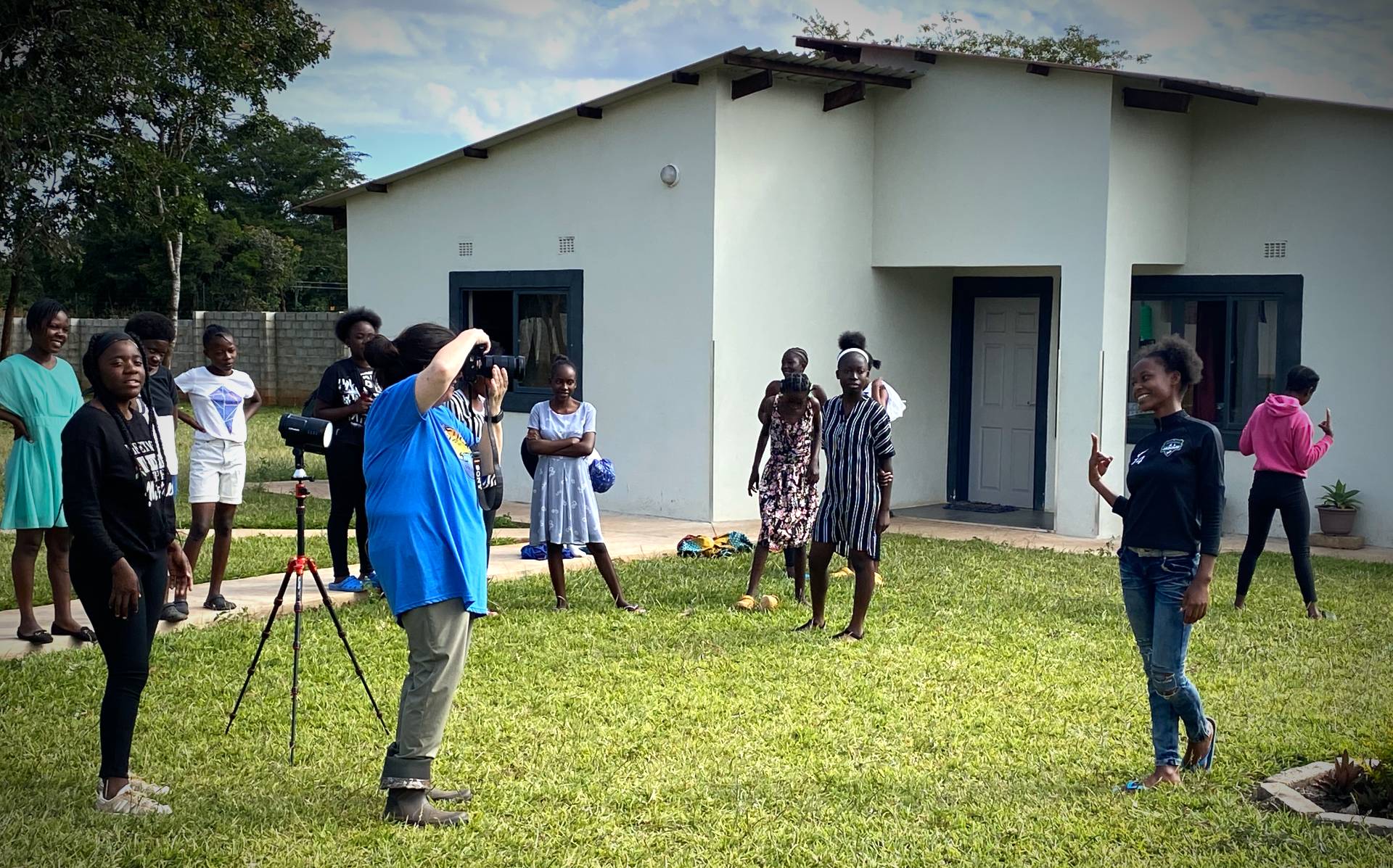
Deepening Connection
Unstructured time on the compound meant that we had the space and the opportunity to have great conversations with Living Hope’s leadership. Davies Chipoya, LHI’s Executive Director, is a man that Bob and I admire very much. You can find out a little more about him here. We spent many hours talking about the challenges on the ground for both the orphanage and the coffee farm.
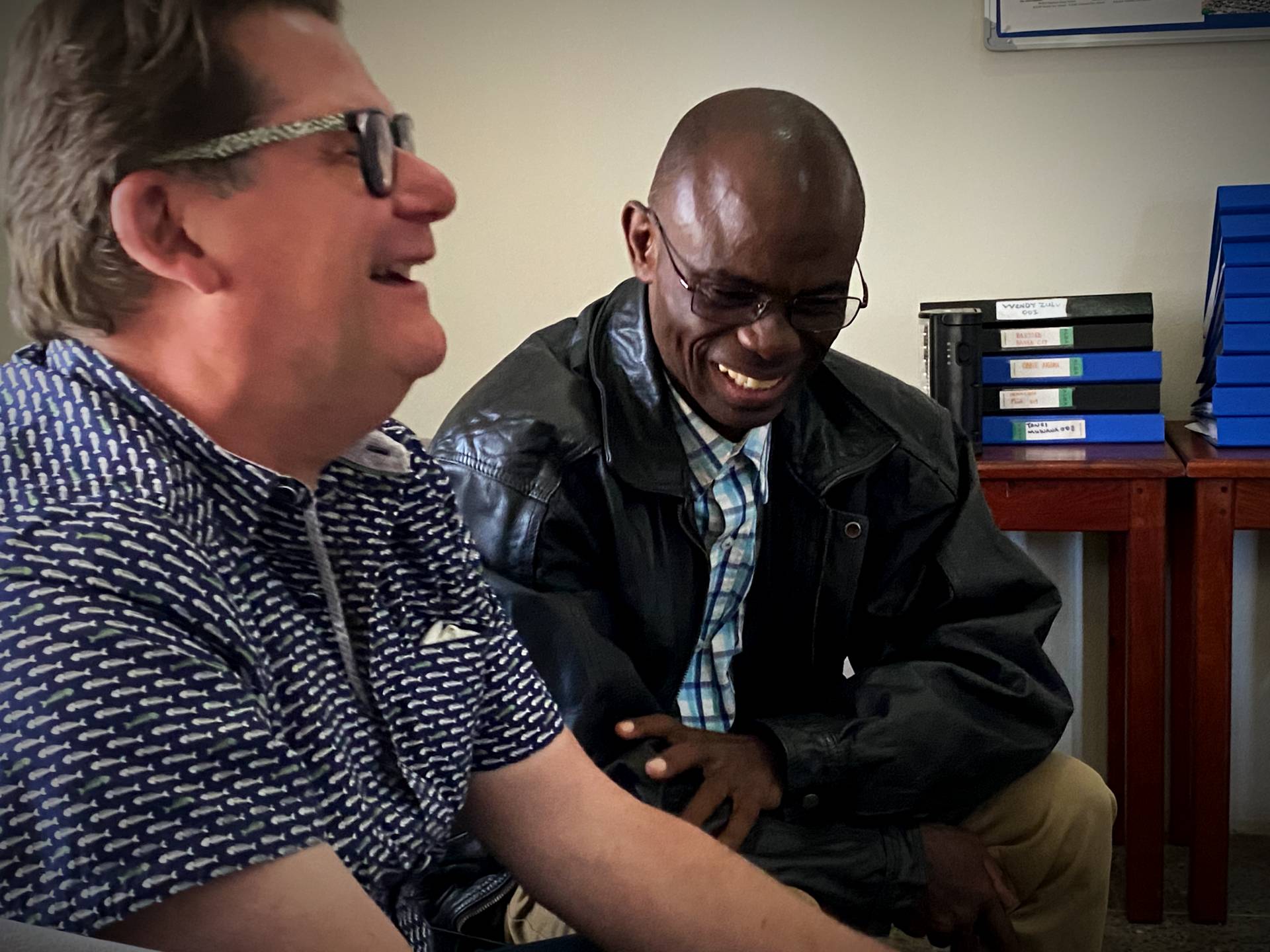
The Flowers Family
We also had the chance to finally meet the Flowers family, who moved to Ndola from Southeast Michigan in 2019. Jamie Flowers is LHI’s Directory of Ministry Development, and has also been very involved in the coffee farm. His wife, Kathy, spends a great deal of time and energy in support of the kids and the housemothers. Jamie and Kathy were responsible for decking out our living quarters on the compound. We really appreciate how they went above and beyond to make sure we felt comfortable and welcome. Side note, their daughter Emily makes amazingly good chocolate chip cookies! And the porch at their house is a wonderful gathering spot.
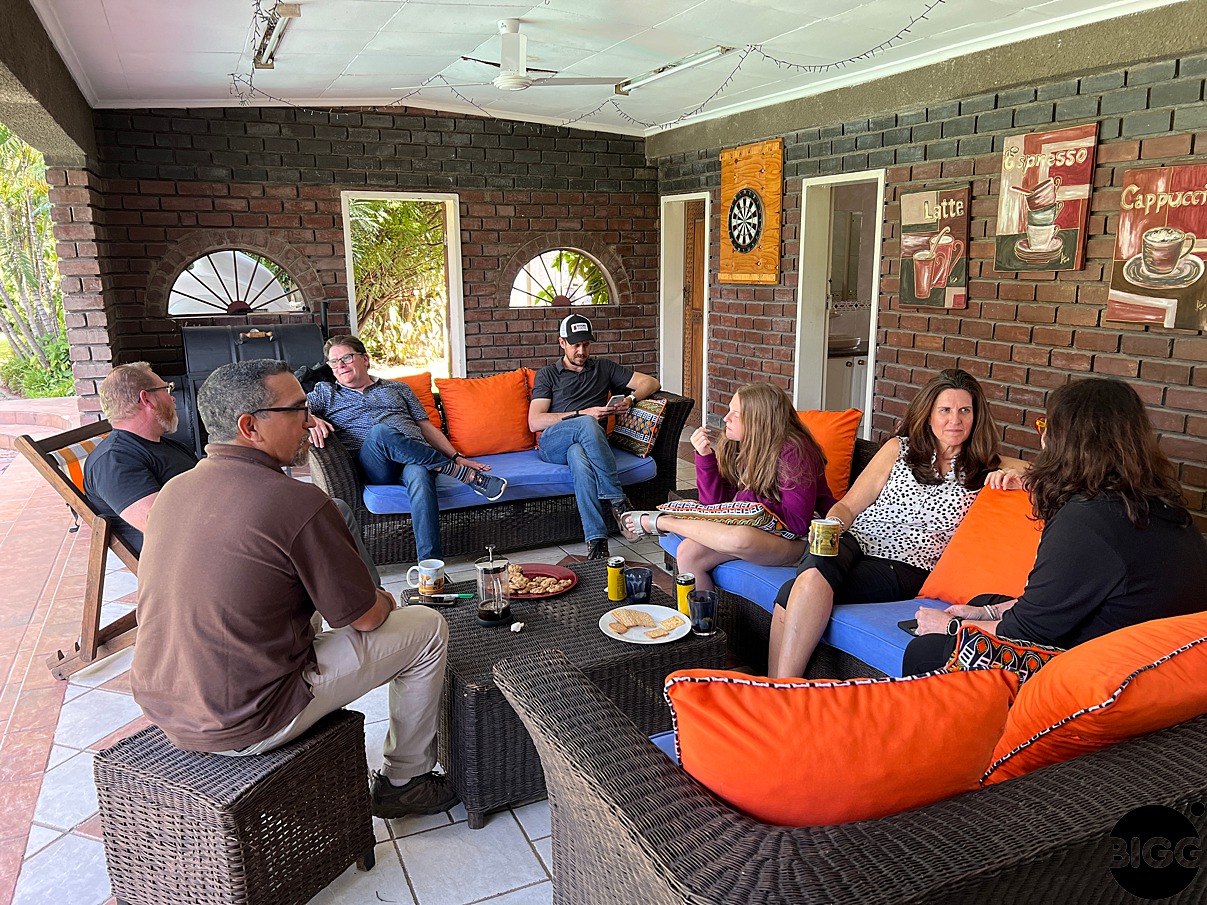
Bob’s Presentations
While we were there, Jamie Flowers arranged some time for Bob to make a presentations to both the coffee field workers, and the orphans. I’ve seen Bob give variations of this kind presentation a thousand times before. He covered the history of BIGGBY COFFEE, and a few of the ideas that helped him on his path. One of the more important concepts he tries to convey is that what determines success in business is the same as it is in life. Desire to succeed is a given, but it’s not enough. You need dependability and determination (also known as the Three Ds.) And you need faith, confidence and courage.
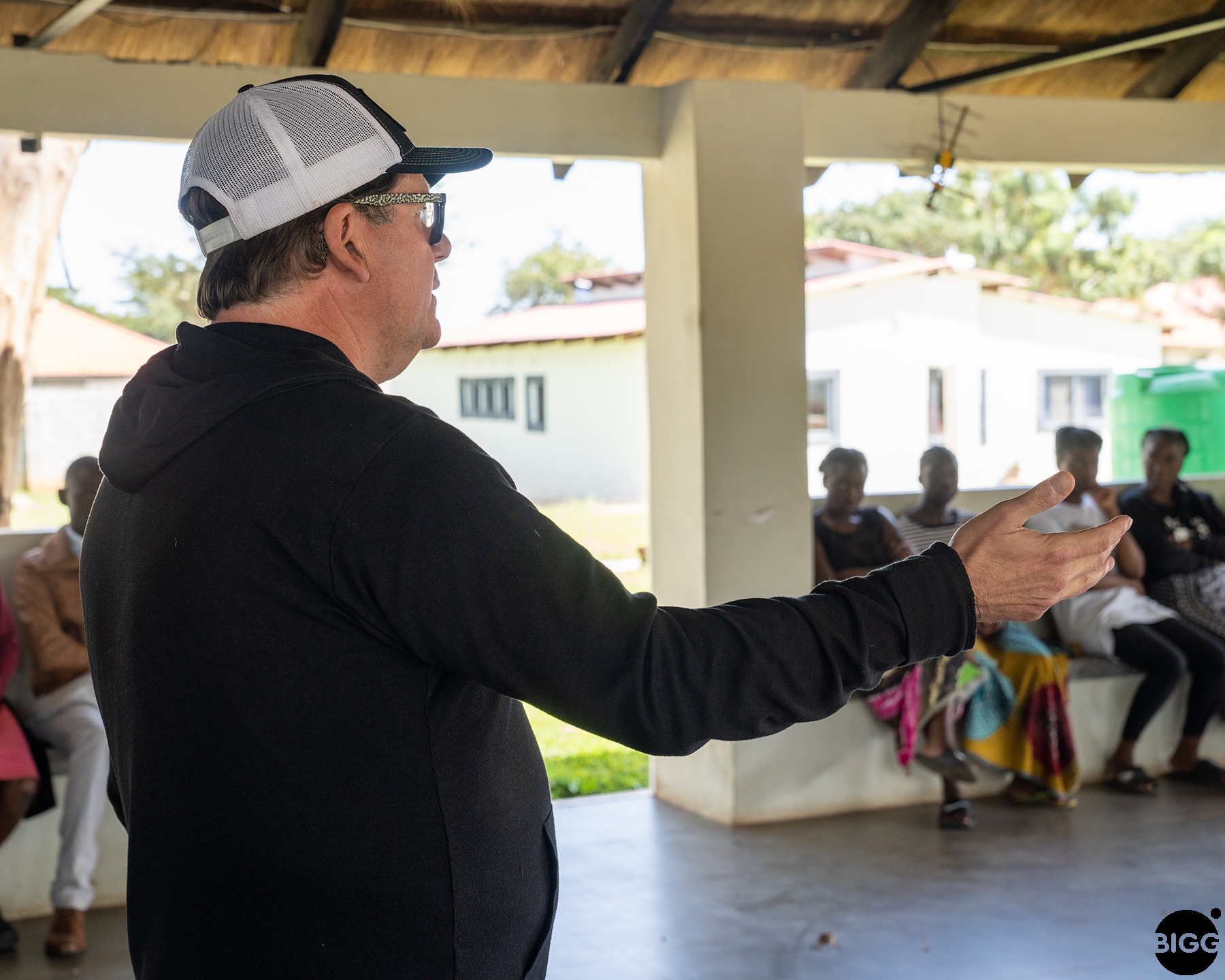
This may be the first round of presentations that Bob has ever given to groups of people in which no one had ever been to a BIGGBY COFFEE location, or even seen a BIGGBY COFFEE Billboard. And yet, their understanding of the kinds of challenges one faces is universal, and is really as much about being a human being as it is about being in business. Some of the questions that he got included “Did you ever want to just give up?” And “What made you think you could do it?”
Bob closed each of his talks with a request: “Teach Me Three Things.” One of the more memorable answers to that question was a new nickname — Bobby Issabi (it rhymes), which means Fish in Bemba, the native dialect spoken by about 35% of Zambians. One of the young ladies from the orphanage offered to teach a few dance steps. It is not in my husband’s comfort zone to dance at all, let alone learn new steps in front a group. But he did it anyway with a lot of good humor.
The Market
On the day before we left, Jamie and Kathy Flowers took us to a local market. A sprawling complex covering the equivalent of multiple city blocks, it is like a rabbit warren of alleys jam packed with stalls and small shops. You can find anything and everything there. From farming equipment, to tennis shoes, to hair products, to food, to hardware. I saw all of those things (and more) and we only explored a tiny corner of the market.
The official mission was to find cleats for one of the orphans who had since graduated and gone to University. He had been selected for the soccer team, and Jamie and Kathy wanted to send him shoes.
Our last evening meal in Zambia was a different kind of special treat. Jamie and Kathie Flowers took us to their favorite Indian Restaurant around the corner from the house. We shared a feast of spicy curries and rice dishes, and recounted the highlights of our trip.
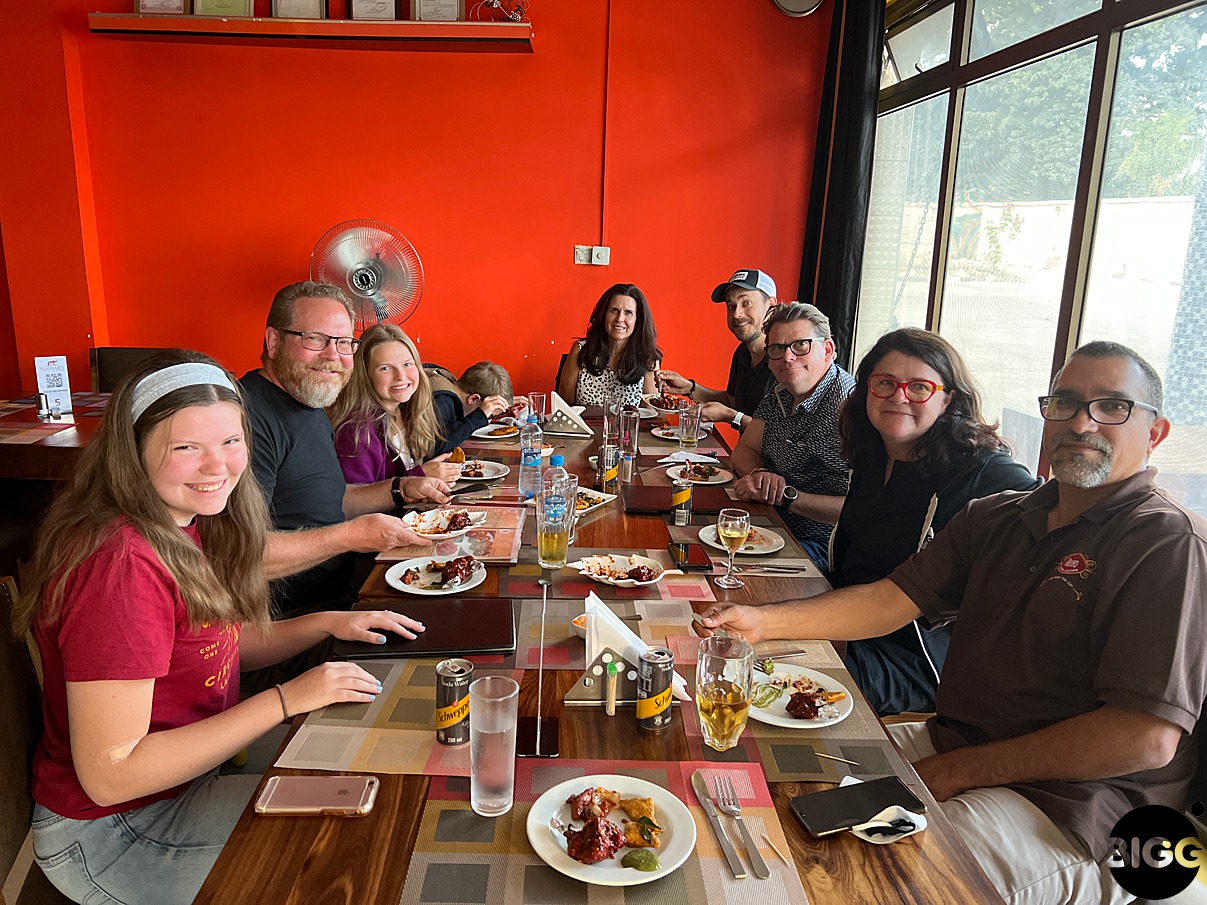
The Last Goodbye
By the time we returned from our dinner, the sun had already set. We went, once again, into the Insaka to sit with the children and the staff. Davies led us all in a prayer, and talked about the power and the importance of the connections that we all making together. And then the kids sang to us again. First in English, and then in their native language. Each of our cohort had a chance to speak a little about the impact the visit had on them. And we said our goodbyes. But not final goodbyes, of course, because we’ll be back.
Coda
The next day, our long journeys home began. We all flew from Ndola, Zambia to Johannesburg, South Africa together. From there, Bob and I were boarding a Lufthansa flight to Hamburg, and then to Chicago — a journey of about 30 hours, including our layover. Kim, Jorge and Nathan were all travelling together to London before they would split up to head to their respective homes. Big bonus surprise… they had a 12 hour or so layover while they were there. So they all went together on a big adventure. We got pictures from them in real time. I just wish we could have been there.



